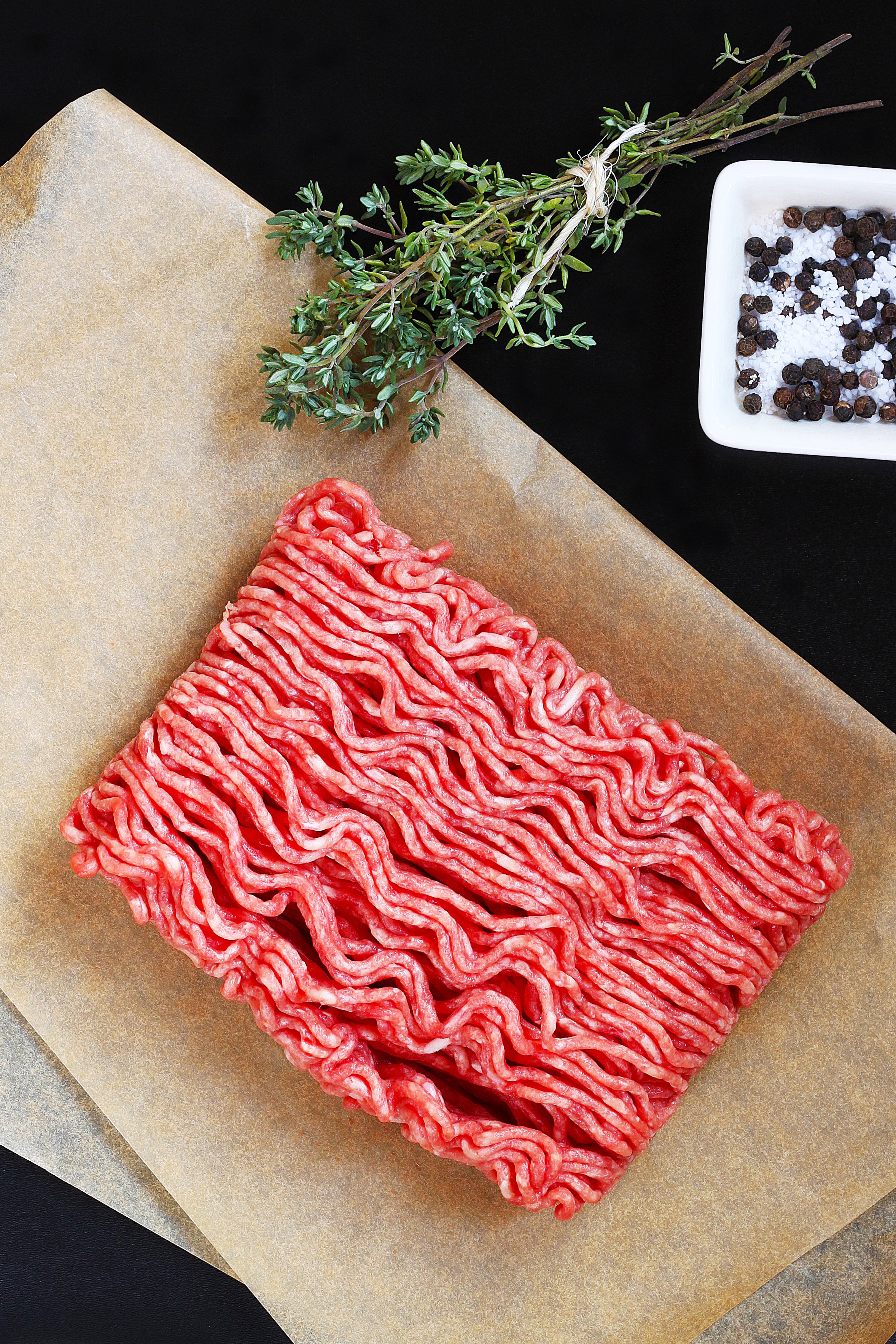
What is Wagyu?
Wagyu beef is renowned for its exceptional quality, tenderness, and rich flavor, which are primarily attributed to its unique genetic characteristics, breeding methods, and feeding regimen. Here are some key factors that differentiate Wagyu beef:
Genetics
Wagyu cattle are a specific breed originating from Japan. The term "Wagyu" translates to "Japanese cow." These cattle are genetically predisposed to produce highly marbled meat due to their unique fat distribution within the muscle tissue.
Marbling
One of the most distinctive features of Wagyu beef is its abundant intramuscular marbling, which refers to the fine veins of fat that run through the muscle. This marbling not only enhances the flavor but also contributes to the tenderness and juiciness of the meat.
Feeding
Wagyu cattle are traditionally raised with meticulous care and attention to their diet. They are often fed a high-energy diet that includes a combination of grains, such as corn and barley, along with roughage. This feeding regimen helps to promote the development of intramuscular fat and contributes to the unique flavor profile of Wagyu beef.
Breeding and Rearing
The breeding and rearing of Wagyu cattle involve strict protocols to maintain the breed's purity and quality. Traditional methods include controlled mating and selective breeding to ensure desirable traits are passed down through generations.
Grading
Wagyu beef is typically graded based on its marbling, color, firmness, and texture. The highest grades, such as A5 in the Japanese grading system, indicate the highest level of marbling and overall quality.
Texture and Flavor
The combination of abundant marbling and careful breeding results in Wagyu beef that is exceptionally tender, with a buttery texture and a rich, savory flavor. The high percentage of unsaturated fat gives Wagyu beef a unique melt-in-your-mouth quality that sets it apart from other types of beef.
Overall, Wagyu beef stands out due to its unparalleled quality, achieved through a combination of genetic factors, specialized feeding practices, and meticulous attention to breeding and rearing techniques.
